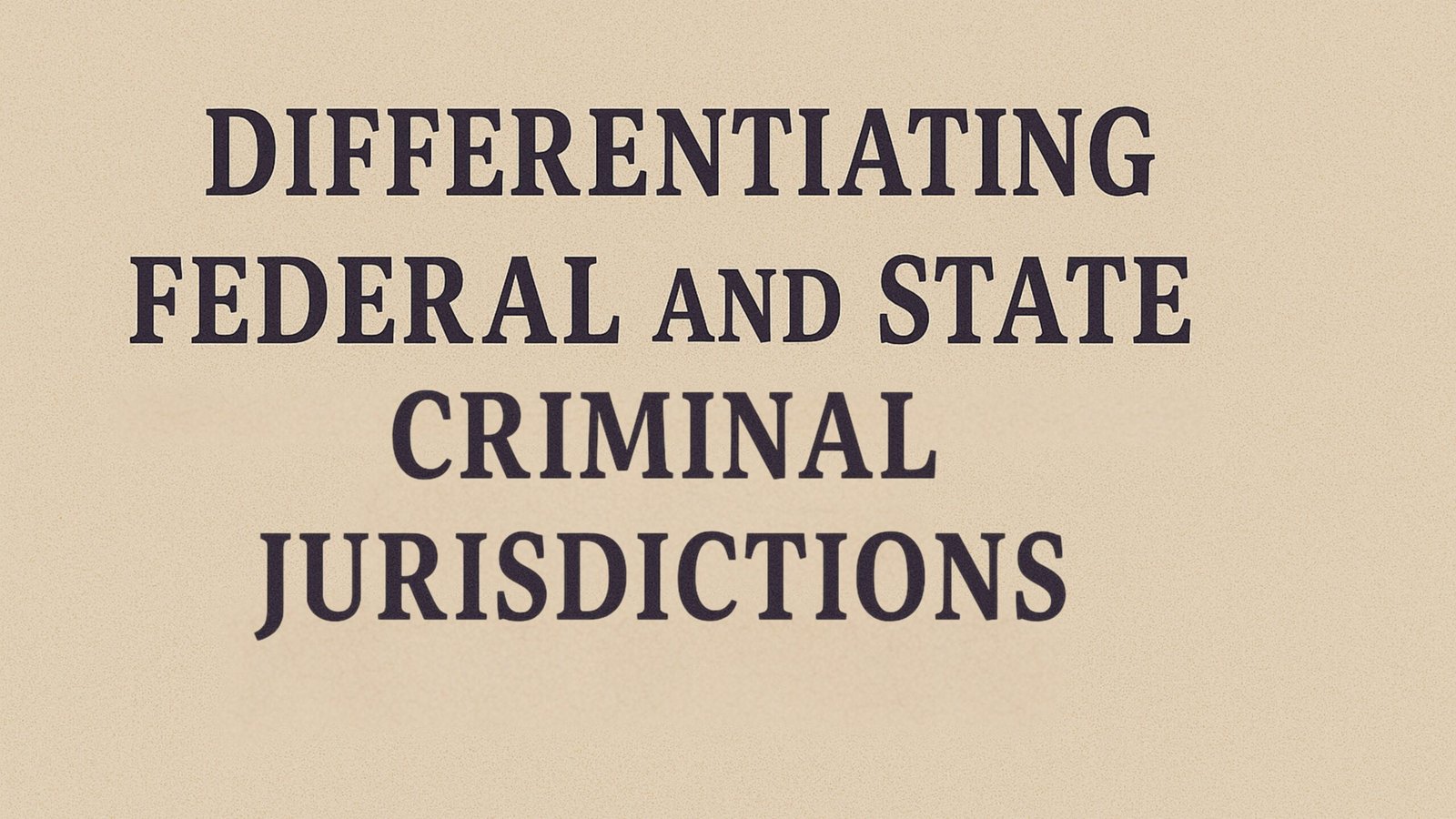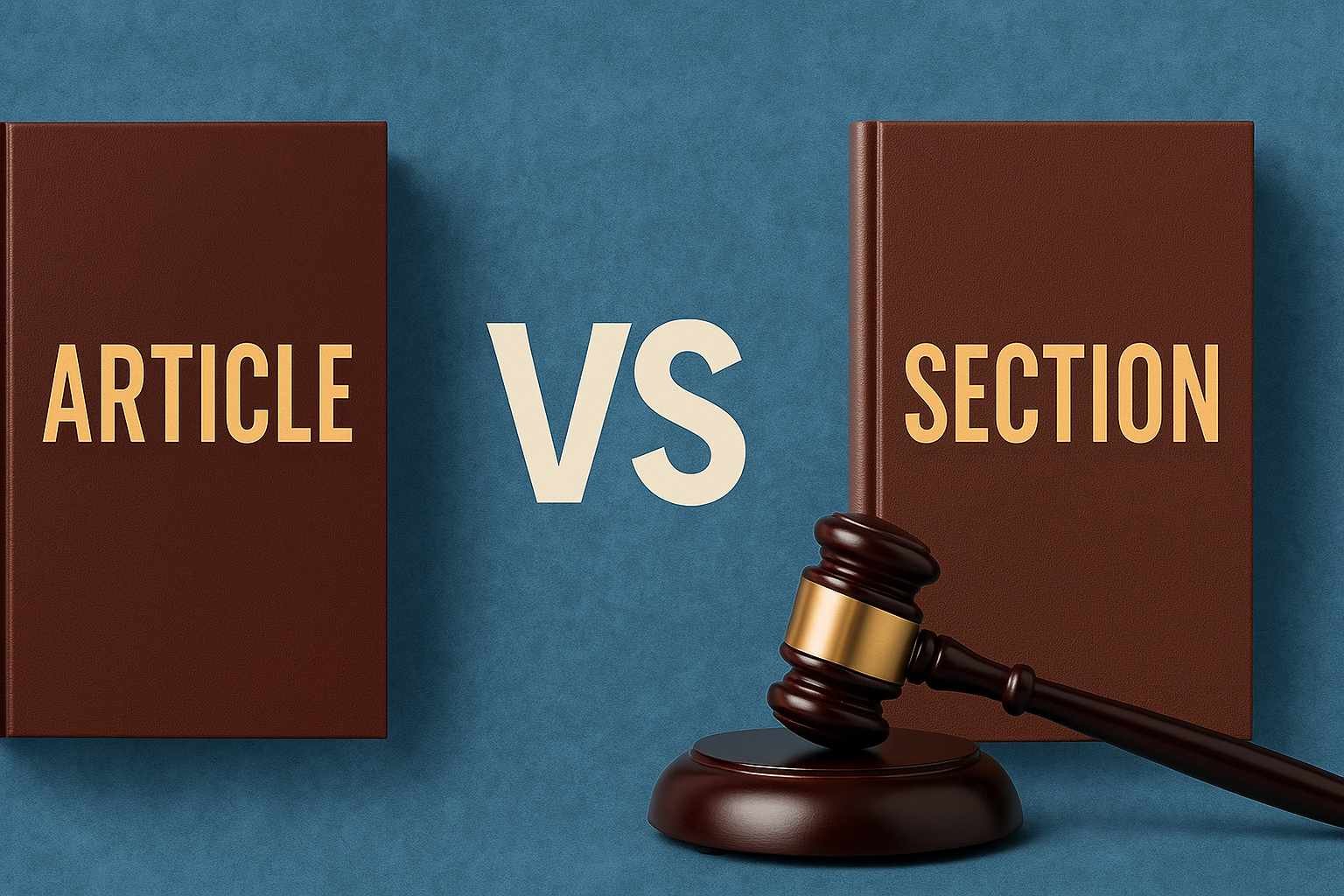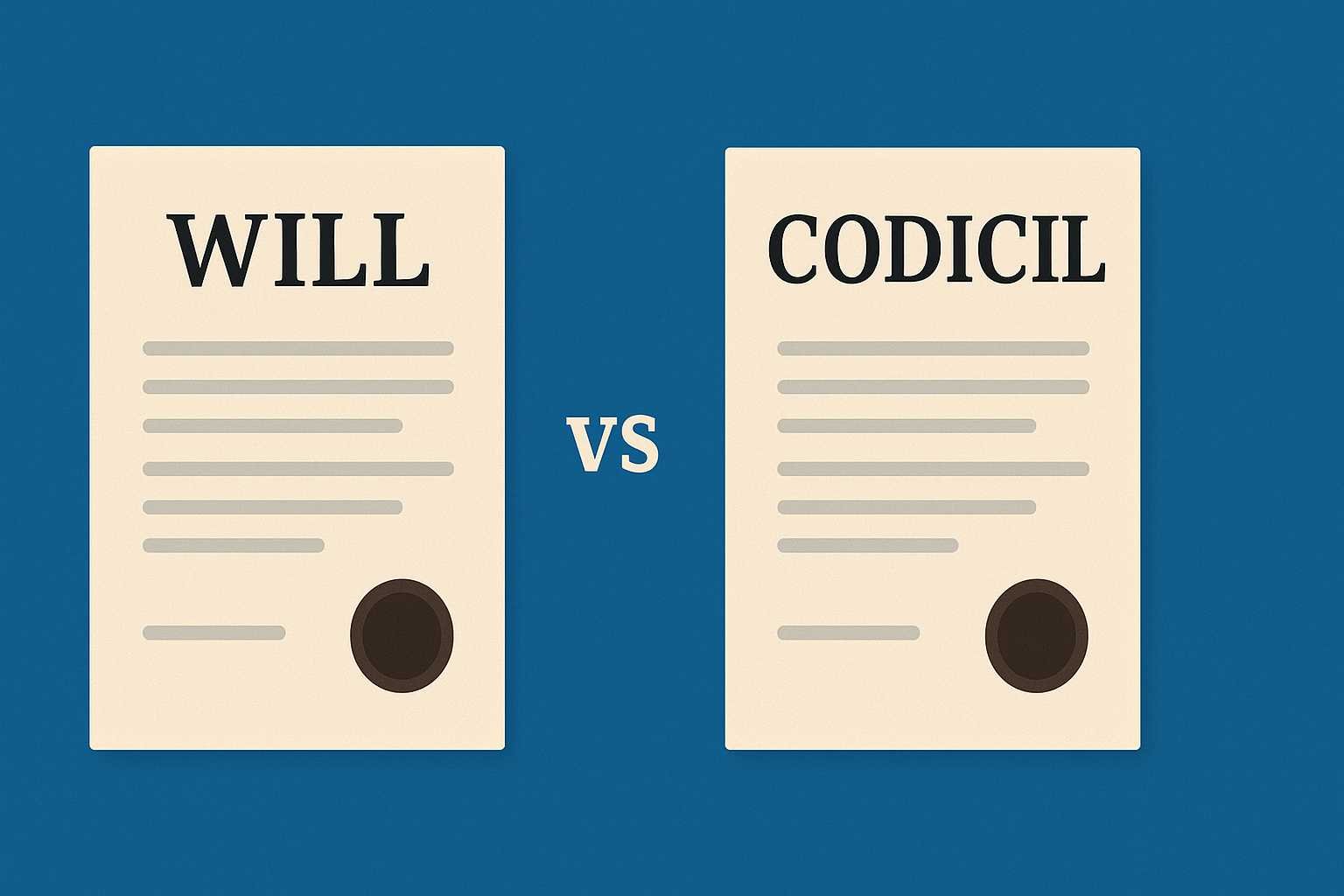On this page you will read detailed information about Differences Between Tribal, State, and Federal Laws and Their Interactions.
The legal framework in the United States is multifaceted, comprising various levels of law, including tribal, state, and federal systems. Each of these systems has its own jurisdiction, regulations, and processes, and they frequently interact in complex ways. It is crucial for anyone navigating the U.S. legal landscape to understand these differences and interactions. This article will examine the definitions, distinctions, and relationships among tribal, state, and federal laws, offering a detailed overview.
Overview of Legal Systems in the U.S.
The legal system in the United States is a distinctive blend of laws originating from multiple sources. At the highest level, the Constitution acts as the supreme law, establishing a framework for governance at both federal and state levels. In contrast, tribal laws stem from the sovereignty of Native American tribes, which function autonomously within their own territories. Each of these legal systems possesses its own jurisdiction and authority, resulting in a complex interaction of laws.
Tribal Law
Tribal law encompasses the legal frameworks created by Native American tribes, which the federal government recognizes as sovereign nations. Each tribe establishes its own constitution, laws, and judicial systems to manage its internal affairs. The principle of tribal sovereignty empowers tribes to formulate and enforce their own laws independently, though they must operate within certain constraints set by federal law.
Sources of Tribal Law: Tribal laws can originate from various sources, including tribal constitutions, traditional customs, and treaties with the federal government. While some tribes have formalized legal systems, others may rely more on customary practices.
Jurisdiction: Tribal law generally applies to tribe members and activities taking place within tribal lands. Tribal courts also have the authority to address specific matters involving non-members, especially if the issues arise from activities conducted on tribal territory.
State Law
State law refers to the legislation enacted by individual state legislatures. Each of the 50 states possesses its own constitution, legislative body, executive branch, and judicial system. State laws cover a broad spectrum of topics, including criminal justice, family law, property law, and business regulations.
Sources of State Law: State laws emerge from statutes, regulations, and judicial decisions made by state courts. States can enact laws tailored to the needs and values of their residents, provided these laws do not conflict with federal statutes.
Jurisdiction: State law applies to individuals and entities located within the geographic boundaries of the state. Typically, state courts have jurisdiction over cases involving state law, which encompasses both civil and criminal matters.
Federal Law
Federal law is created by the U.S. Congress and is applicable across all states and territories. These laws address issues that span state lines or necessitate a consistent legal framework, such as immigration, national defense, and interstate commerce.
Sources of Federal Law: Federal law primarily derives from the U.S. Constitution, federal statutes, administrative regulations, and case law established by federal courts. The Constitution also establishes federal agencies endowed with regulatory authority.
Jurisdiction: Federal law is universally applicable throughout the U.S., with federal courts having jurisdiction over cases related to federal laws, disputes between states, and matters involving parties from different states (known as diversity jurisdiction).
Key Differences Between Tribal, State, and Federal Laws
While tribal, state, and federal legal systems all aim to regulate behavior and resolve disputes, they exhibit significant differences across several dimensions:
A) Sovereignty and Authority
- Tribal Law: Tribal nations possess inherent sovereignty, allowing them to self-govern and establish their own laws. This sovereignty is acknowledged by the federal government but is subject to limitations imposed by specific federal statutes, like the Indian Civil Rights Act.
- State Law: States hold the authority to govern within their own borders, creating laws that reflect the interests and needs of their populations. However, state laws must align with federal laws, as federal law prevails in case of conflict (supremacy clause).
- Federal Law: The federal government oversees matters that have nationwide implications. Federal law is the highest authority, superseding state laws when conflicts arise.
B) Jurisdiction and Scope
- Tribal Law: Tribal laws mainly apply to tribal members and activities conducted on tribal lands. Tribal courts address various matters, including family law, criminal law, and disputes involving tribal members.
- State Law: State laws apply to all individuals and entities within a state’s geographical limits, encompassing both residents and visitors. State courts have broad authority to handle civil and criminal cases.
- Federal Law: Federal laws are uniformly applied across the country, focusing on issues that cross state boundaries. Federal courts deal with cases related to federal statutes, constitutional matters, and inter-state disputes.
C) Legal Procedures and Systems
- Tribal Law: Procedures and structures in tribal courts can differ significantly from those in state and federal courts. While some tribes have formalized court systems, others may utilize community-based methods for dispute resolution. Tribal courts usually have authority over tribal members but may have limited jurisdiction concerning non-members.
- State Law: State courts operate under established procedural rules governing legal proceedings, including civil and criminal trials. Each state has its own judicial system, which may encompass specialized courts (e.g., family courts, probate courts) and various levels of appellate courts.
- Federal Law: Federal courts adhere to procedural guidelines outlined in the Federal Rules of Civil Procedure and the Federal Rules of Criminal Procedure. The federal judicial system comprises district courts, circuit courts of appeal, and the U.S. Supreme Court.
Interactions Between Tribal, State, and Federal Laws
The interplay between tribal, state, and federal laws can be intricate, with various scenarios arising based on the context:
A) Concurrent Jurisdiction
In certain cases, both tribal and state courts may have jurisdiction over a matter, leading to complexities in determining the appropriate court to hear the case. For example, criminal activities involving tribal members on tribal land may fall under both tribal and state laws, potentially creating conflicts in enforcement and prosecution.
B) Preemption and Supremacy
Federal law takes precedence over state law, meaning if a state law conflicts with a federal law, the federal law prevails. This principle, established by the supremacy clause of the U.S. Constitution, does not automatically extend to tribal law. Although the federal government generally respects tribal sovereignty, specific federal laws can impose limitations on tribal authority.
C) Federal Recognition of Tribal Sovereignty
The federal government acknowledges the sovereignty of tribal nations, empowering them to enact and enforce their own laws. However, this sovereignty is not absolute. Certain federal laws, like the Indian Gaming Regulatory Act or the Indian Civil Rights Act, can impose restrictions on tribal governance. Additionally, tribal laws may not apply to non-members without fulfilling specific conditions, particularly concerning criminal jurisdiction.
D) Case Law and Judicial Interpretation
Judicial decisions significantly influence the interactions between tribal, state, and federal laws. Landmark cases have clarified the boundaries of tribal sovereignty, the scope of state authority, and the enforcement of federal laws. Cases such as Montana v. United States (1981) and Oliphant v. Suquamish Indian Tribe (1978) have defined the limits of tribal jurisdiction over non-members.
E) Cross-Jurisdictional Issues
Disputes may arise when actions taken in one jurisdiction are contested in another. For instance, a business operating on tribal land might encounter state regulations, leading to compliance conflicts. Similarly, an individual charged with a crime could face prosecution in both tribal and state courts, raising concerns about double jeopardy and jurisdictional authority.
In the previous post, we had shared information about In Which Countries Are Court Orders Legally Enforceable?, so read that post also.
Current Trends and Developments
Several trends are influencing the dynamics of tribal, state, and federal laws in the U.S.:
A) Tribal Sovereignty and Self-Governance
There is an increasing emphasis on affirming tribal sovereignty and self-governance. Many tribes are actively exercising their authority to create legal frameworks that align with their cultural values and traditions. This trend encompasses the establishment of tribal courts and legal codes that reflect indigenous practices.
B) Collaboration and Cooperation
Efforts to foster collaboration between tribal, state, and federal authorities are gaining momentum. Initiatives aimed at enhancing partnerships for law enforcement, resource management, and legal education are emerging, facilitating improved communication and cooperation across jurisdictions.
C) Legal Reforms
Legislative reforms at both state and federal levels are being implemented to address the complexities of tribal and state interactions. These reforms seek to clarify jurisdictional issues, enhance legal processes, and improve the enforcement of tribal laws.
D) Focus on Native American Rights
The movement for social justice and equity has renewed focus on the rights of Native Americans. Advocates are increasingly stressing the importance of policies that protect tribal sovereignty and address historical injustices faced by indigenous communities.
Conclusion
The interplay between tribal, state, and federal laws in the United States constitutes a complex and evolving landscape. Understanding the distinctions and interactions among these legal systems is crucial for individuals, businesses, and legal professionals. As tribal sovereignty is increasingly recognized and collaboration among jurisdictions strengthens, the legal framework governing these interactions is likely to continue evolving. Successfully navigating this intricate legal environment necessitates a nuanced understanding of sovereignty, jurisdiction, and the unique characteristics of each legal system. Ongoing developments in this area suggest a promising future for more cohesive and equitable legal governance across the tribal, state, and federal spectrum.
Disclaimer
The information and services on this website are not intended to and shall not be used as legal advice. You should consult a Legal Professional for any legal or solicited advice. While we have good faith and our own independent research to every information listed on the website and do our best to ensure that the data provided is accurate. However, we do not guarantee the information provided is accurate and make no representation or warranty of any kind, express or implied, regarding the accuracy, adequacy, validity, reliability, availability, or completeness of any information on the Site. UNDER NO CIRCUMSTANCES SHALL WE HAVE ANY LIABILITY TO YOU FOR ANY LOSS OR DAMAGE OF ANY KIND INCURRED AS A RESULT OR RELIANCE ON ANY INFORMATION PROVIDED ON THE SITE. YOUR USE OF THE SITE AND YOUR RELIANCE ON ANY INFORMATION ON THE SITE IS SOLELY AT YOUR OWN RISK. Comments on this website are the sole responsibility of their writers so the accuracy, completeness, veracity, honesty, factuality and politeness of comments are not guaranteed.
So friends, today we talked about Differences Between Tribal, State, and Federal Laws and Their Interactions, hope you liked our post.
If you liked the information about Differences Between Tribal, State, and Federal Laws and Their Interactions, then definitely share this article with your friends.










